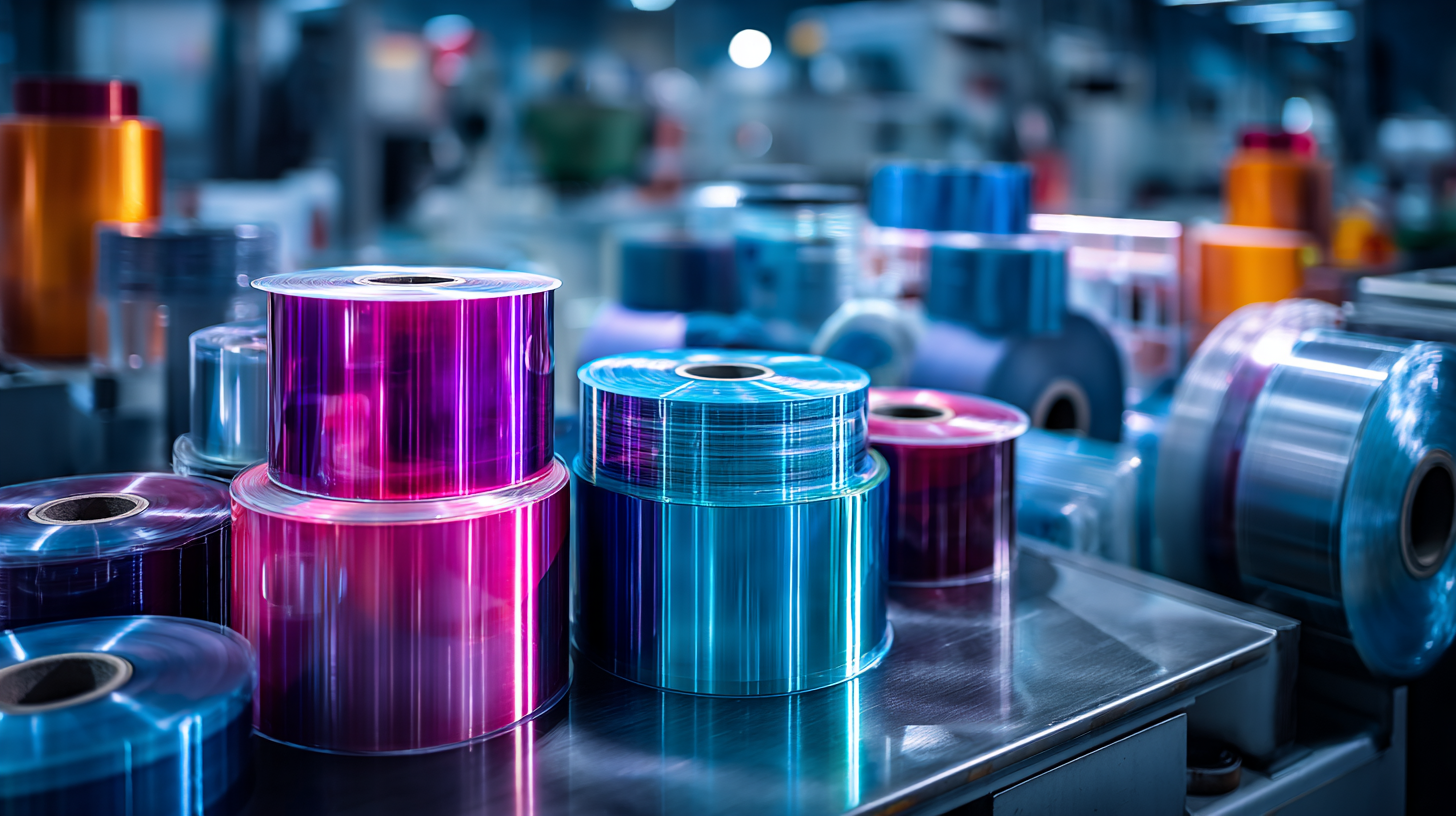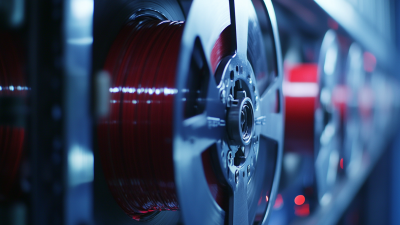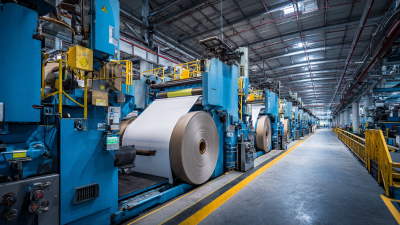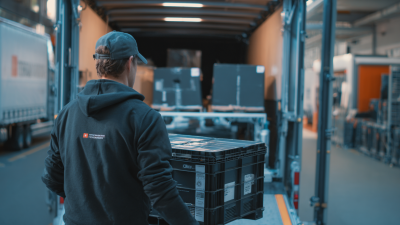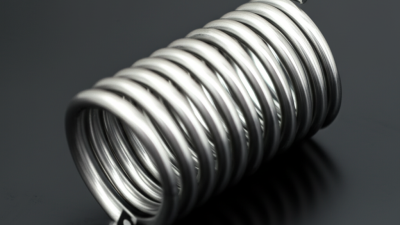Leave Your Message
In today's fast-paced manufacturing environment, selecting the right Industrial Carrier Tapes has become crucial for optimizing both productivity and cost-efficiency. According to a recent report by MarketsandMarkets, the global market for adhesive tapes is expected to reach $70.6 billion by 2025, driven by the increasing demand for efficient packaging solutions across various industries. Choosing the appropriate carrier tape not only enhances operational workflows but also minimizes material wastage and reduces overall production costs. With advancements in tape technology, manufacturers now have access to a variety of options tailored to specific applications, making informed selection more essential than ever. This blog aims to guide industry professionals through the essential factors to consider when selecting Industrial Carrier Tapes, ensuring that every choice supports their strategic goals for efficiency and sustainability.
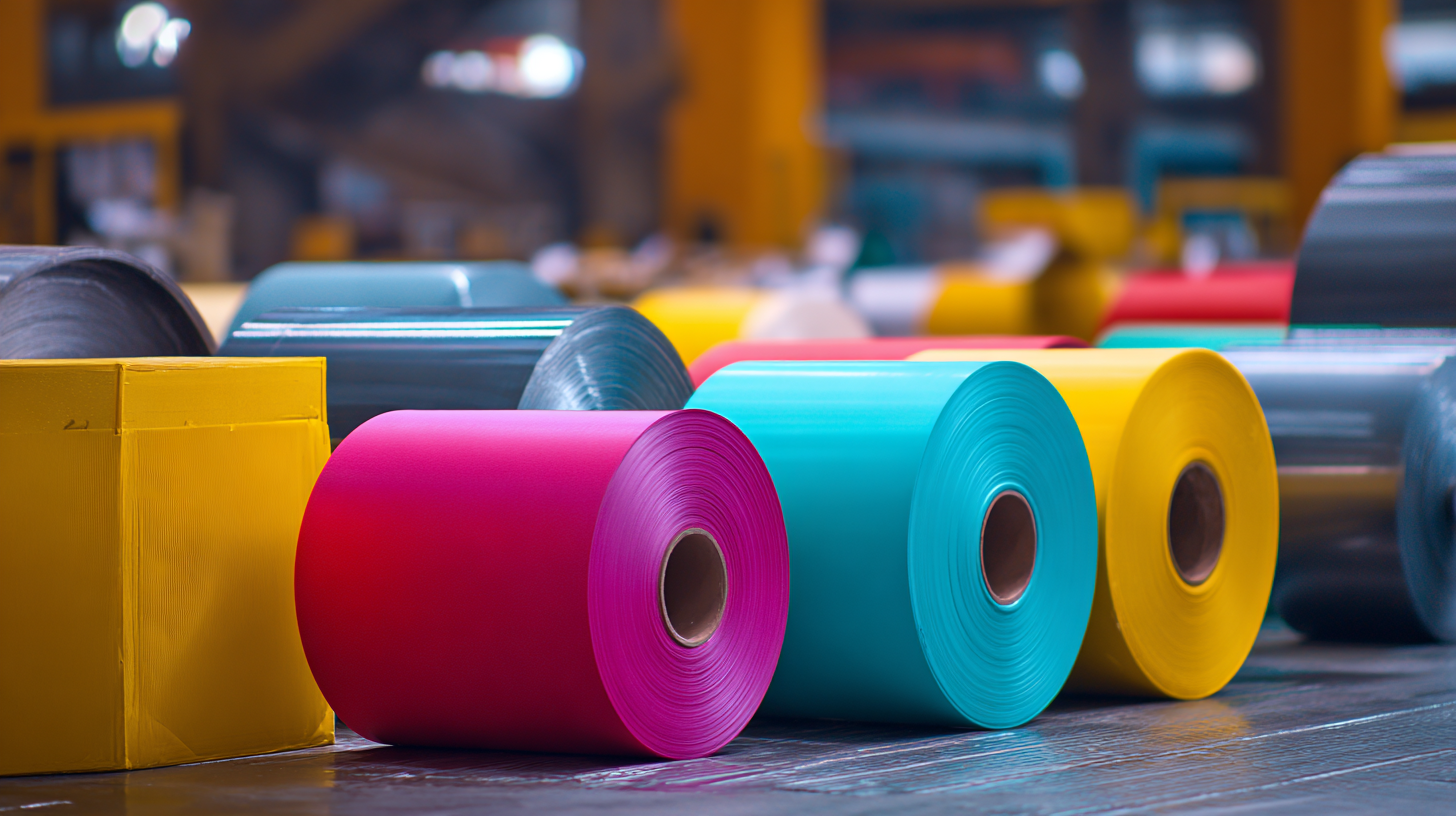
When selecting industrial carrier tapes, there are several key factors to consider that can significantly impact both productivity and cost efficiency. First and foremost, it is essential to evaluate the type of components you are handling. Different components require different tape configurations, including pocket size and shape, which are crucial for ensuring secure protection during transportation and storage. Additionally, the material of the carrier tape plays a vital role; materials like polycarbonate or polyethylene offer varying degrees of durability and temperature resistance, which can affect the integrity of sensitive components.
Another important factor is the tape's compatibility with automatic feeding systems. Choosing a carrier tape designed to seamlessly integrate with your machinery can enhance operational efficiency and reduce downtime during production. Furthermore, considering the adhesive type is equally important; a high-quality adhesive ensures that components remain securely in place, while also allowing for easy removal when needed. Lastly, assessing the cost-effectiveness of different suppliers can help identify options that meet budget constraints without sacrificing quality, ultimately leading to improved overall productivity.
When selecting the right industrial carrier tapes, understanding the various types and their applications is crucial for enhancing productivity and cost efficiency. Industrial carrier tapes come in several forms, including plastic carrier tapes tailored for the semiconductor market, which are designed to protect and facilitate the transport of delicate components. These tapes are engineered with a strong adhesive that secures components during assembly and shipping, minimizing damage and improving workflow efficiency.
Another key type includes pressure-sensitive adhesive tapes, which are known for their versatility in various industrial applications. These tapes can adhere to a range of materials, making them suitable for tasks from simple packaging to more complex manufacturing processes. The global market for pressure-sensitive adhesive tapes is projected to see substantial growth, indicating their increasing importance in industry. Whether it's for general use or specialized sectors, the right choice of carrier tape can significantly impact a company's operational effectiveness.
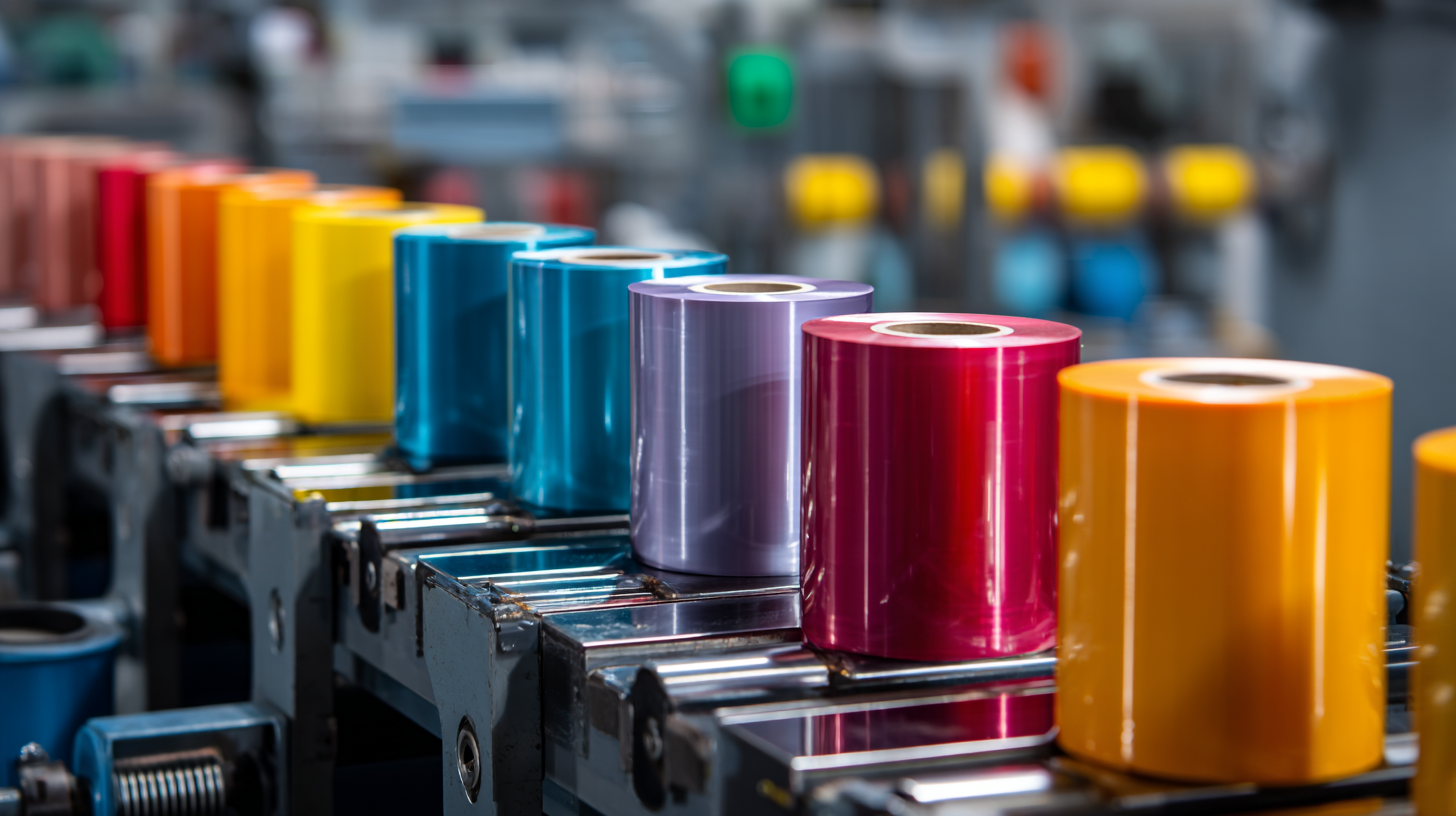
When selecting the right industrial carrier tapes, understanding the adhesive properties for different materials is crucial. Adhesives can vary significantly based on the substrate they are applied to, affecting both performance and productivity. For instance, some adhesives are specifically designed to bond well with plastics, providing a strong hold without compromising the material’s integrity. Others may be better suited for metallic surfaces, offering resilience against temperature fluctuations and moisture that can lead to failure in less robust alternatives.
Additionally, the thickness and composition of the adhesive layer play a critical role in achieving cost efficiency. A thicker adhesive may provide a stronger bond but could increase material costs and reduce flexibility. Conversely, a thinner layer might save on costs but risks insufficient adhesion on challenging materials. Analyzing the specific requirements of the application—such as environmental conditions and the types of materials being bonded—can guide industries in selecting the most appropriate carrier tape. By choosing the right combination of adhesive properties, businesses can enhance both productivity and cost-effectiveness in their operations.
| Material Type | Carrier Tape Thickness (mm) | Adhesive Type | Temperature Resistance (°C) | Cost per Meter ($) | Ideal Application |
|---|---|---|---|---|---|
| Plastic | 0.5 | Acrylic | 100 | 0.20 | Packaging |
| Metal | 0.7 | Rubber | 80 | 0.35 | Electronics Assembly |
| Paper | 0.4 | Hot-Melt | 70 | 0.15 | Labeling |
| Foam | 1.0 | Silicone | 120 | 0.50 | Sealing |
In the realm of industrial manufacturing, selecting the right carrier tapes can significantly influence both productivity and cost efficiency. When considering carrier tape options, a comprehensive cost analysis is vital. The key is to balance the benefits of high-quality materials against the constraints of your budget. While premium carrier tapes may come with a higher initial price tag, their durability and reliable performance can lead to reduced downtime and fewer defects, ultimately saving costs in the long run.
To make an informed decision, companies should evaluate the total cost of ownership, which includes not just the price of the carrier tape but also the associated expenses such as production delays and material waste. Investing in high-quality carrier tapes can enhance production workflows, minimize losses, and improve overall efficiency. Conversely, opting for cheaper alternatives might seem appealing at first but can result in hidden costs, including increased labor for handling failures and the potential need for more frequent replacements. By carefully balancing quality and budget in carrier tape choices, businesses can achieve optimal productivity while safeguarding their financial health.
Maximizing productivity in manufacturing and assembly processes hinges significantly on the selection of the appropriate industrial carrier tapes. According to a report by the Plastic Packaging Technology Association, the right carrier tape can enhance operational efficiency by up to 30%. This improvement stems from optimized material handling, reduced cycle times, and minimal downtime, all critical elements in maintaining a competitive edge in today's fast-paced production environment.
When selecting carrier tapes, consider the specific requirements of your components. For instance, different tapes are designed to accommodate varying sizes, shapes, and weights of components. Choosing a tape that fits snugly around the product not only minimizes movement during transportation but also reduces the risk of damage or defects. Tip: Utilize 3D printing technology to prototype carrier designs that match your specific component needs, ensuring a perfect fit and enhanced usability.
Additionally, the material of the carrier tape plays a crucial role. Tapes made from high-density polyethylene or polystyrene offer excellent durability and protection during transit, which can positively impact product quality. Tip: Conduct regular assessments of your tape specifications against industry standards to ensure you are using the most efficient and cost-effective materials, potentially saving your operation thousands of dollars in waste and rework.
